
20 Jul, 2023 in Emergency Response and Preparedness
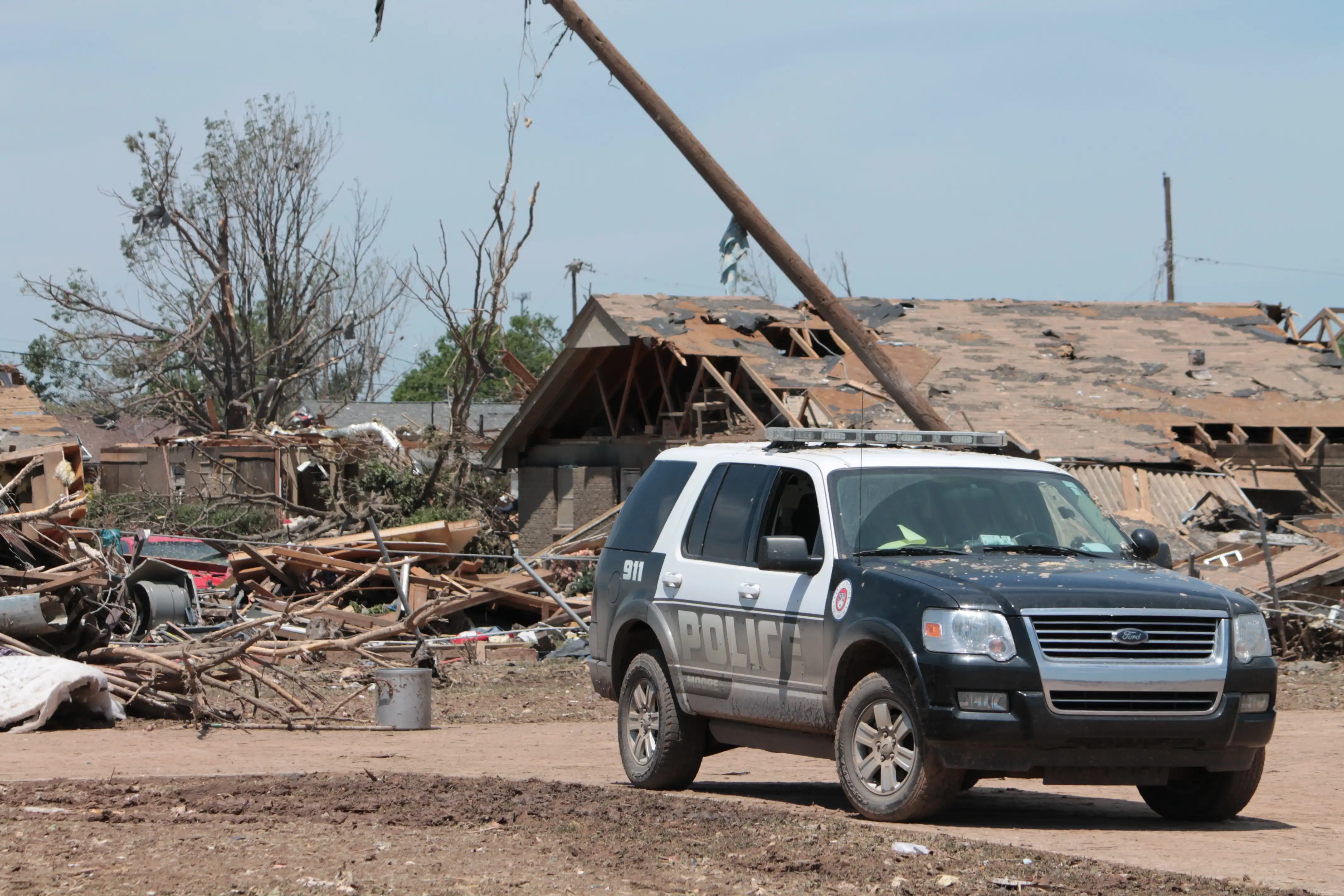
Tornado response. Moore, Oklahoma
The current state of police training in America is a topic of significant concern. According to a Justice Department study from 2018, the core basic police training in state and local law enforcement academies averaged significantly less than in other developed nations (ABC News, 2020).
This shortfall in training is not just about duration but also about content and focus. Current training curricula in the U.S. tend to prioritize physical skills over communication (Council on Criminal Justice, 2022). This imbalance can lead to situations where officers are ill-prepared to handle complex situations that require a nuanced understanding of procedures followed by other response agencies.
The need for a more integrated approach to police training is becoming increasingly apparent. With the complexities of today's society, it is essential that law enforcement officers understand and effectively work with other agencies and community resources. This necessity leads us to the concept of integrated response training.
Integrated response training is a model that broadens the scope of traditional police training. It incorporates perspectives and protocols from various emergency response agencies like Fire, EMS, National Guard, FEMA, and CERT among others. This type of training aims to foster inter-agency cooperation, improve understanding of each other's roles and responsibilities, and ultimately enhance the overall effectiveness of response to emergencies and crisis situations.
In an era marked by increasing societal complexity and multifaceted challenges, integrated response training provides an innovative and much-needed path forward. It acknowledges that law enforcement is only one part of the complex machine we call society and that effective public safety requires a well-coordinated, multi-agency approach.
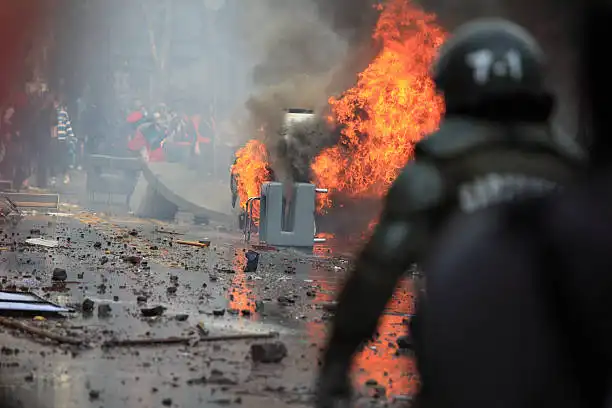
Riot scene with burning vehicles. Location unknown, 2011
Integrated response training is an approach that emphasizes the collaboration of different agencies in emergency situations. This training model recognizes the importance of understanding and effectively cooperating with various emergency response agencies like Fire, EMS, National Guard, FEMA, CERT among others.
A study by Tandfonline (2001) titled "Using an integrated theoretical framework for understanding inter-agency collaboration in the special educational needs field," emphasizes the importance of utilizing an integrated theoretical analysis in understanding the core perspectives of inter-agency collaboration. This collaboration is key to improving the efficiency and effectiveness of response to emergencies and crisis situations.
The significance of inter-agency collaboration is further highlighted in a case study examining the 2005 earthquake disaster in Pakistan published in Jamba (2022). The study underscored that inter-agency collaboration serves as an integral part of effective disaster management.
Wiley Online Library (2014), in its publication "The humanitarian common logistic operating picture: a solution to the inter‐agency coordination challenge," underscores the role of integration in preparation and response to emergencies. It highlights that a common platform for all agencies involved reduces the training burden and enhances overall response efficiency.
Furthermore, Information Polity (2019) in its article "Towards a smart State? Inter-agency collaboration, information integration, and beyond," emphasizes the trend towards increased inter-organizational collaboration and information integration. It underscores the significance of understanding government information sharing and integration, which is a crucial aspect of integrated response training.
Integrated response training is pivotal in fostering inter-agency cooperation and understanding. As our society becomes more complex, the need for a well-coordinated, multi-agency approach to public safety and emergency response becomes increasingly apparent. The benefits of this approach are manifold:
Efficiency: By understanding each other's roles and responsibilities, agencies can better understand their roles in the grand scheme of things and work together seamlessly, reducing redundancy and speeding up response times.
Effectiveness: When agencies collaborate, they can leverage each other's resources and expertise, leading to more effective outcomes in crisis situations.
Innovation: Inter-agency collaboration fosters an environment conducive to innovation. Different perspectives can lead to new ideas and solutions that would not have been possible working in isolation.
Trust: Integrated response training helps build trust among agencies. This mutual confidence enhances cooperation and contributes to better decision-making during emergencies.
Community Relations: A coordinated, efficient response to emergencies can improve public perception and relations between these agencies and the communities they serve.
By promoting inter-agency cooperation and understanding, integrated response training is not just an innovative approach, but a necessity in today's complex societal landscape.

Police and Fire responding to a residential incident. Houston, TX 2021
In the context of response training, the value of a multi-agency perspective cannot be overstated. Traditional training approaches often occur within an echo chamber of sorts, where agencies are trained individually, focusing on their specific roles and objectives. While this approach may strengthen intra-agency competencies, it often overlooks the broader picture, leading to potential inefficiencies and misunderstandings during actual response events.
The limitations of this echo-chamber approach are well-documented. A study published in the Journal of Contingencies and Crisis Management (2001) highlights that single-agency perspectives can lead to "tunnel vision," where different organizations, each with their unique goals and objectives, fail to see the larger picture. This tunnel vision can result in disjointed responses, missed opportunities for collaboration, and overall lesser effectiveness in managing crises.
On the other hand, adopting a multi-agency perspective in training offers numerous benefits. The International Journal of Emergency Services (2016) outlines that understanding other agencies' perspectives, objectives, and goals promotes seamless coordination during response events. It fosters mutual trust and respect among agencies, leading to more effective collaboration and improved outcomes.
Furthermore, a study in the Australian Journal of Emergency Management (2019) indicates that a multi-agency perspective can enhance innovation. By bringing together diverse viewpoints, agencies can identify new strategies and solutions that would not have been possible within their own echo chambers.
Finally, a multi-agency perspective can improve community relations. As outlined by the Journal of Homeland Security and Emergency Management (2020), when agencies collaborate effectively, it not only results in better crisis management but also strengthens public trust in these agencies.
Embracing a multi-agency perspective in response training is not just beneficial—it's essential. It breaks down the walls of the echo chamber, promoting inter-agency understanding and collaboration, enhancing innovation, and strengthening community relations.

Crime scene after a hit and run. Houston, Texas 2021
In the realm of emergency response, the importance of a multi-agency perspective is increasingly being recognized. Traditional training methods often focus on individual agencies, which can lead to siloed thinking and disjointed responses during actual emergencies. A case study regarding crash response training provides valuable insights into how this situation can be improved through the integration of Fire and EMS perspectives.
The study "The network governance of crisis response: Case studies of incident command systems" published in the Journal of Public Administration Research and Theory (2009) presents an interesting viewpoint. It highlights that the collaboration between the Laguna Beach Fire Department and other responding agencies allowed for a more integrated response to incidents. This study underscores the importance of not just understanding one's own roles and responsibilities, but also those of other agencies involved in the response (Journal of Public Administration Research and Theory, 2009).
Similarly, the report "ITS and Transportation Safety: EMS System Data Integration to Improve Traffic Crash Emergency Response and Treatment–Phase II Report," emphasizes the significance of data integration across different services, including EMS, law enforcement, fire and hospital services. It suggests that such integration can significantly improve the overall response to traffic crashes (University of Minnesota Digital Conservancy, 2011).
These real-life examples highlight the limitations of training within an echo chamber and the value of understanding other agencies' perspectives, objectives, and goals regarding a response event. By incorporating these diverse perspectives into training programs, agencies can work together more seamlessly, leading to more effective and efficient responses to emergencies.
Integrated response training, which brings together different agencies for collaborative learning, has shown tremendous value in enhancing the effectiveness of emergency responses. While this multi-agency approach has been lauded in the context of crash response scenarios, it holds equal, if not more, importance in a host of other emergency situations such as active shooter events, infrastructure incident responses, chemical accident responses, and Chemical, Biological, Radiological, Nuclear (CBRN) events.
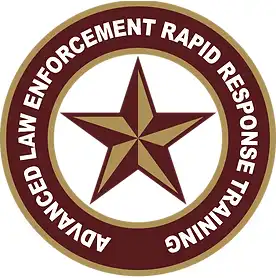
Active shooter events are complex, rapidly evolving situations that require a well-coordinated response from law enforcement, Fire, and EMS agencies. The Advanced Law Enforcement Rapid Response Training (ALERRT) program at Texas State University is a shining example of how integrated training can significantly enhance response effectiveness during such high-stakes events (ALERRT, n.d).
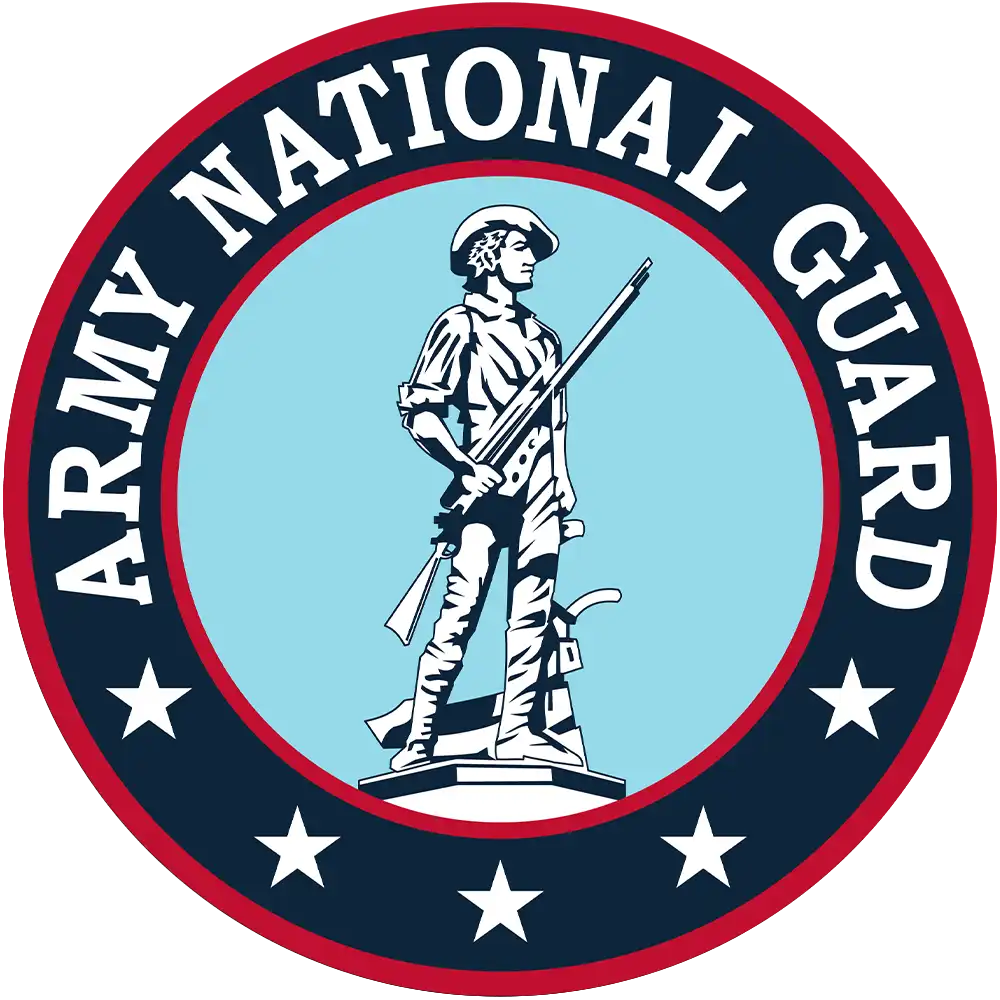
Infrastructure incident responses often involve multiple stakeholders and complex systems, making the need for integrated training even more pronounced. In these scenarios, the involvement of organizations like the National Guard and FEMA, with their broad capabilities and resources, can provide invaluable support and enhance overall response effectiveness.
Chemical accident responses and other CBRN events present unique challenges that demand specialized knowledge and skills. In these instances, fire departments play a crucial role. Equipped with the expertise to handle hazardous substances, they can provide critical insights into managing such emergencies effectively.
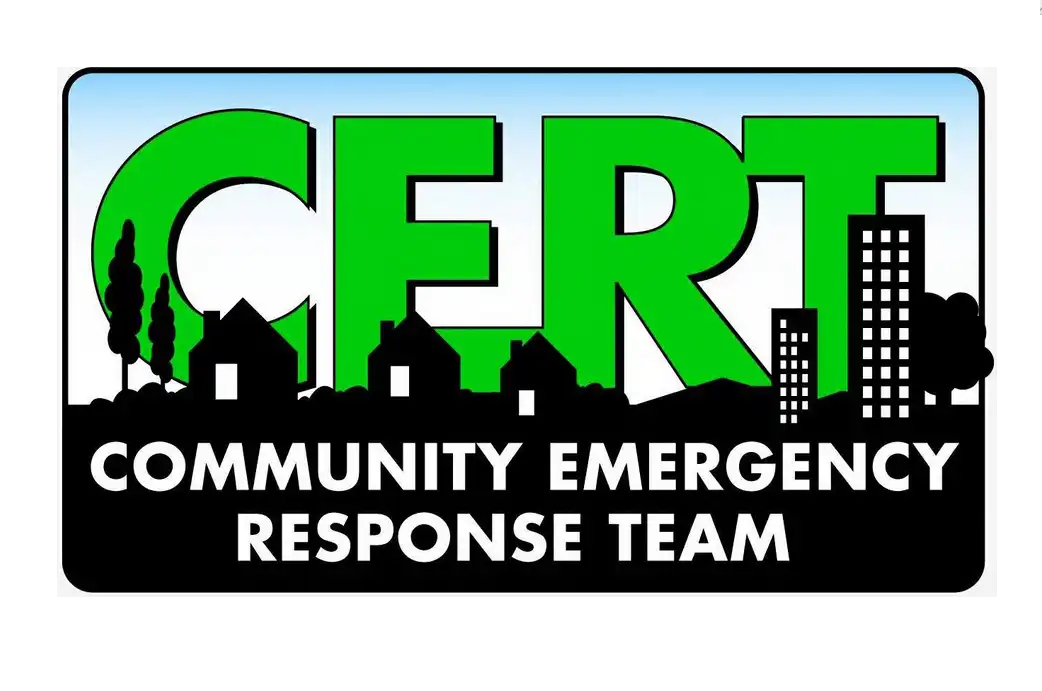
Moreover, community-level responses to disasters can benefit from the involvement of volunteer organizations like the Community Emergency Response Team (CERT). Trained in essential disaster-response skills, CERT members can aid in evacuation plans, utility management, flood response, and more, providing valuable assistance to professional responders (Ready.gov, n.d).
The scope of integrated response training extends far beyond crash response scenarios. By incorporating perspectives from different agencies, we can foster inter-agency cooperation, enhance response effectiveness, and ultimately, better serve our communities during times of crisis.
In a significant move aimed at enhancing inter-agency cooperation, American Police Training is set to integrate Fire and EMS professions into its platform. This strategic initiative seeks to provide these dedicated professionals with their own specialized training platform, while also enabling cross-registration for each other's training sessions.
Understanding the unique roles and responsibilities of each profession, the integrated platform will offer bespoke training modules for Fire and EMS. These modules, tailored to meet the specific needs and challenges of these professions, promise to deliver relevant, high-quality training content.
While maintaining distinct training for each profession, the platform aims to foster a shared learning environment. This means that agencies can register for training sessions designed for other professions, thereby encouraging cross-learning and mutual understanding.
The integration of Fire and EMS professions into the American Police Training platform brings numerous benefits:
By integrating Fire and EMS professions into the American Police Training platform, we are taking a major step forward in strengthening inter-agency collaboration and enhancing emergency response effectiveness. Through specialized training modules and cross-registration, this initiative brings numerous benefits to all involved parties, marking a new era of collaborative training in emergency response.
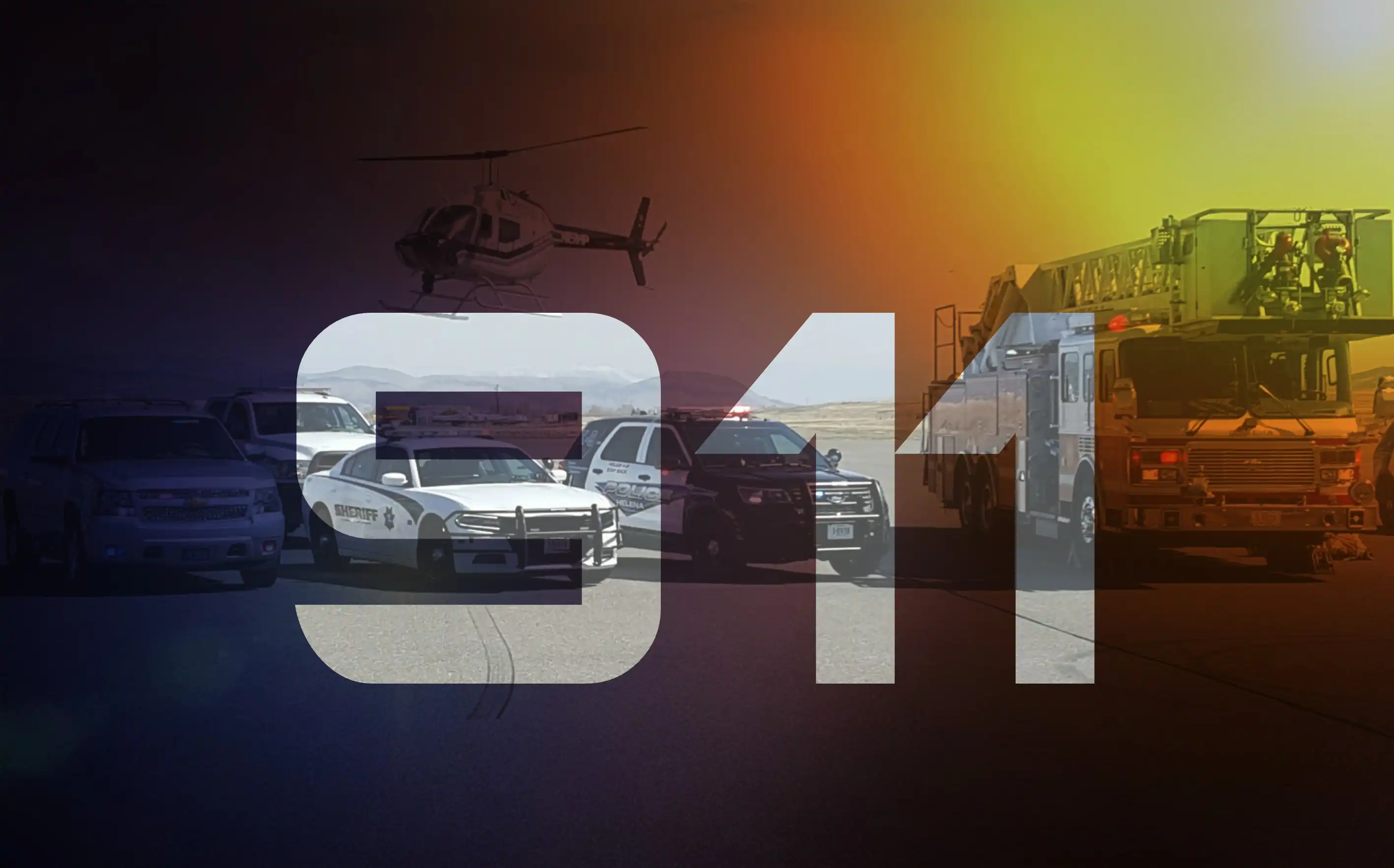
In today's complex and rapidly evolving world, the need for effective and efficient emergency response has never been more critical. The integration of Fire and EMS professions into the American Police Training platform represents a crucial stride in meeting this demand.
Integrated response training holds immense potential to enhance public safety. By fostering a deeper understanding of each other's roles, responsibilities, and challenges, it can significantly improve inter-agency cooperation. Moreover, by streamlining communication protocols and facilitating the exchange of best practices, integrated training can boost the overall effectiveness of emergency responses.
But the benefits of integrated response training extend beyond individual agencies. It also leads to more efficient use of resources, which can result in considerable cost savings. This efficiency not only benefits the agencies involved but also translates into better service for the communities they serve.
As we look to the future, the importance of integrated response training cannot be overstated. Its potential to enhance public safety is immense, and its benefits are clear. Yet, realizing this potential requires more agencies to consider integrating their training programs.
So, let us seize this opportunity to strengthen our collective response capabilities. Let us embrace integrated response training, not as a mere option, but as a necessary step toward enhancing public safety. Now is the time for all agencies - Fire, EMS, and Police alike - to come together, learn from one another, and work towards a safer future for all.
ABC News. (2020). Police training in US falls short compared to rest of world. Retrieved from https://abcnews.go.com/US/police-training-us-falls-short-compared-rest-world/story?id=96729748
BBC News. (2021). How does US police training compare with the rest of the world? Retrieved from https://www.bbc.com/news/world-us-canada-56834733
Training Reform. (2021). Not enough training. Retrieved from https://www.trainingreform.org/not-enough-training
Council on Criminal Justice. (2022). Assessing the Evidence: The Effectiveness and Implications of Police Practices. Retrieved from https://counciloncj.foleon.com/policing/assessing-the-evidence/iv-effectiveness-of-police-training
Tandfonline. (2001). Using an integrated theoretical framework for understanding inter-agency collaboration in the special educational needs field. Retrieved from https://www.tandfonline.com/doi/abs/10.1080/08856250110099015
Jamba. (2022). Inter-agency collaboration and disaster management: A case study of the 2005 earthquake disaster in Pakistan. Retrieved from https://journals.co.za/doi/abs/10.4102/jamba.v14i1.1088
Wiley Online Library. (2014). The humanitarian common logistic operating picture: a solution to the inter‐agency coordination challenge. Retrieved from https://onlinelibrary.wiley.com/doi/abs/10.1111/disa.12193
Information Polity. (2019). Towards a smart State? Inter-agency collaboration, information integration, and beyond. Retrieved from https://content.iospress.com/articles/information-polity/ip000287
Journal of Contingencies and Crisis Management. (2001). Tunnel vision in high reliability organizations: A case study of the air traffic control. Retrieved from https://onlinelibrary.wiley.com/doi/abs/10.1111/1468-5973.00163
International Journal of Emergency Services. (2016). Collaborative emergency management: looking through the lens of social network analysis. Retrieved from https://www.emerald.com/insight/content/doi/10.1108/IJES-04-2015-0014/full/html
Australian Journal of Emergency Management. (2019). Developing innovative multi-agency practice: An Australian study. Retrieved from https://knowledge.aidr.org.au/resources/ajem-april-2019-developing-innovative-multi-agency-practice-an-australian-study/
Journal of Homeland Security and Emergency Management. (2020). The impact of interagency collaboration on trust and performance in disaster response: Evidence from a survey experiment. Retrieved from https://www.degruyter.com/view/journals/jhsem/17/1/article-p.20190065.xml
Journal of Public Administration Research and Theory. (2009). The network governance of crisis response: Case studies of incident command systems. Retrieved from https://academic.oup.com/jpart/article-abstract/19/4/895/889038
University of Minnesota Digital Conservancy. (2011). ITS and Transportation Safety: EMS System Data Integration to Improve Traffic Crash Emergency Response and Treatment–Phase II Report. Retrieved from https://conservancy.umn.edu/handle/11299/114073
Advanced Law Enforcement Rapid Response Training (ALERRT). (n.d.). Active Attack Integrated Response Course (AAIR). Retrieved from https://alerrt.org/page/ActiveAttackIntegratedResponseCourseAAIR
Federal Emergency Management Agency (FEMA). (n.d.). Integrated Emergency Management Course (IEMC): Effective Decision Making and Coordination. Retrieved from https://training.fema.gov/programs/iemc/
Community Emergency Response Team (CERT). (n.d.). CERT Training. Retrieved from https://www.ready.gov/community-emergency-response-team